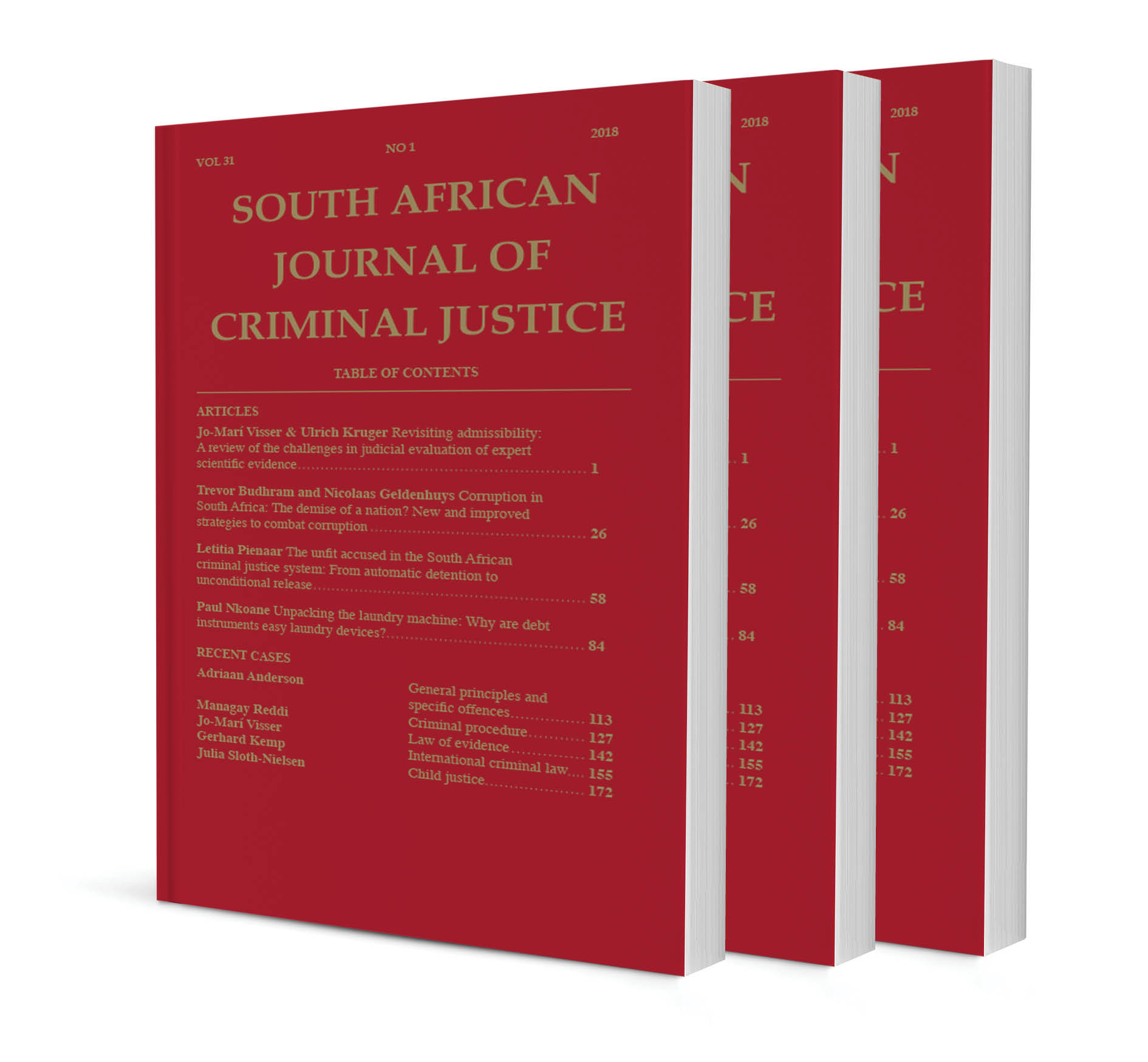A long history of being fed up: Anti-crime mobilisation on the Cape Flats: a case study

A long history of being fed up: Anti-crime mobilisation on the Cape Flats: a case study
Author: Elrena van der Spuy
ISSN: 1996-2118
Affiliations: MA (Stell) PhD (UCT), Associate Professor, University of Cape Town
Source: South African Journal of Criminal Justice, Volume 34 Issue 2, p. 281 – 306
https://doi.org/10.47348/SACJ/v34/i2a6
Abstract
Anti-crime mobilisation has a long and chequered history in South Africa. Over the years, such forms of mobilisation have come in various shapes and sizes. In this paper, the authors explore one example of a broad-based anti-crime mobilisation that evolved on the Cape Flats from 1994 to 2006. Documentary analysis and field data allow reflection on the social context within which the Western Cape Anti-Crime Forum (WCACF) emerged, and the political sensibilities and social aspirations that shaped its course. The article considers the local safety issues that dominated the deliberations, the mobilising strategies utilised, and the networks activated in pursuit of community safety. The social history of the Forum as recounted here hopefully provides insight into the key concerns of this particular initiative as well as the kind of factors that shape, more generally, the fortunes and misfortunes of anti-crime alliances. Such insights may be of comparative use as the authors try to make sense of contemporary manifestations of a myriad of instances of anti-crime mobilisation.